#trekking in everest base camp
Explore tagged Tumblr posts
Text
#everest base camp trek#ebc trek in october#trekking in everest base camp#himalayanrecreation#nepal#travel#trekkinginnepal
0 notes
Link
The Everest Base Camp trekking trail is the most scenic walking trail which is on everyone's bucket list 😁😁
#everest trekking trail#ebc trekking#nepal trekking#trekking in everest base camp#best trekking trail in the world#top base camp in the world
0 notes
Text

Everest Base Camp Trek
185 notes
·
View notes
Note
Not a question just something exciting! Sam is in Nepal getting ready to climb to the back side of Everest. He'll make it to base camp. No small feat!
Yes, Anon, I'm SO excited for him!


As I posted awhile ago, I'm obsessed with all things Mount Everest, and this is a big deal. Base Camp is at 17,000 feet elevation. You can't just go there immediately, or you'll get severe altitude sickness. People usually take a couple of weeks to climb slowly and acclimate to the higher altitude. You don't really know how your body will react until you do it. Some people are fine and some aren't. Sam has climbed a lot of munros and he's very physically fit, so I have a feeling he'll do great. Very much looking forward to reading about his journey and continuing to see pics. This will be a life changing experience for him for sure.
60 notes
·
View notes
Text


its so over/we’re so back
#cornelius hickey#francis crozier#james fitzjames#mt everest 1990#the terror amc#the terror#myart#after a grueling trek. we MADE IT to base camp 🥳 !!!!
72 notes
·
View notes
Text

Evening in Kharikhola
#nepal#trekking#adventure#horizon5 adventure#khumbu#hiking#buddhism#everest base camp trek#kharikhola#gompa
15 notes
·
View notes
Text

Day 3 Everest base camp trek, on the way to Tengboche Monastery
6 notes
·
View notes
Text
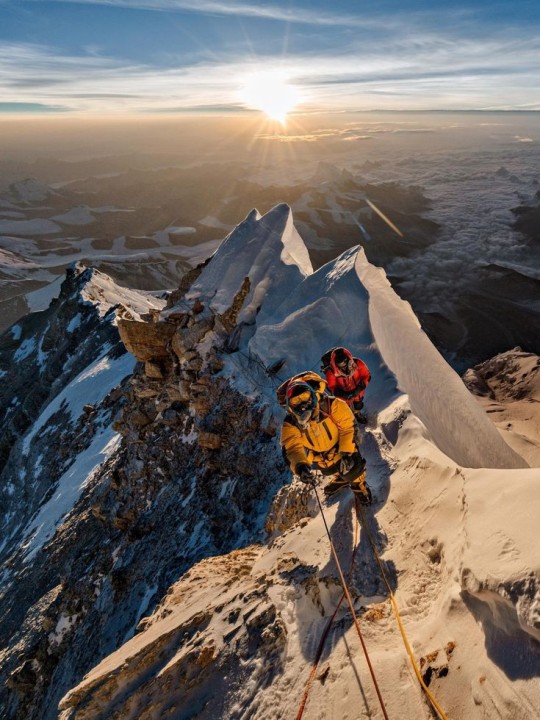
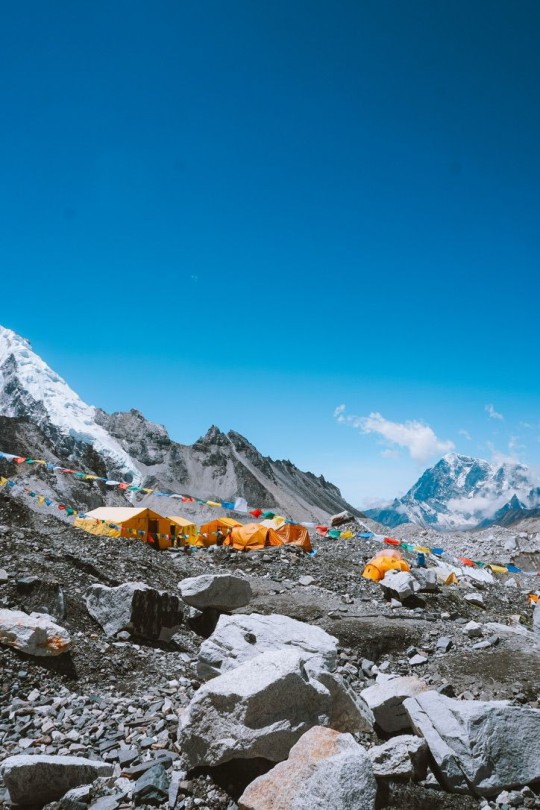
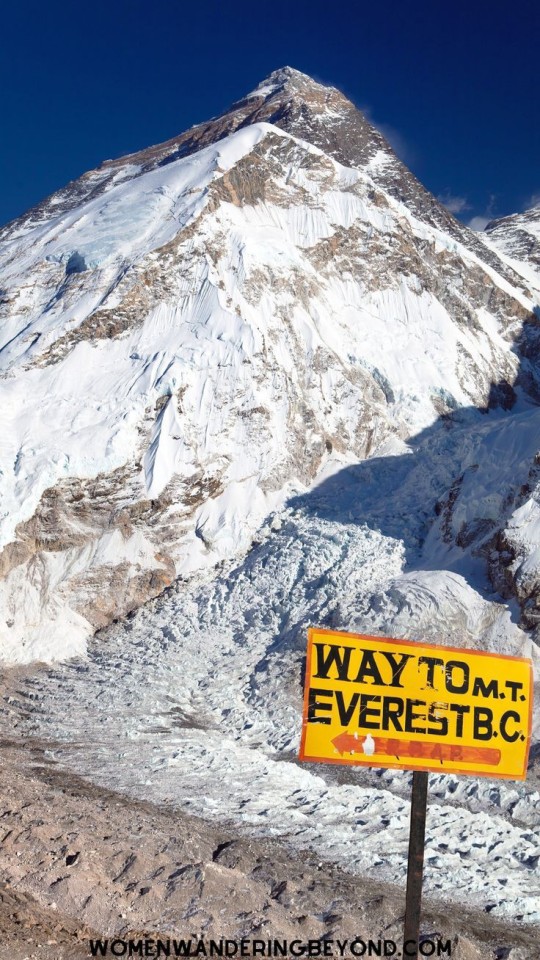
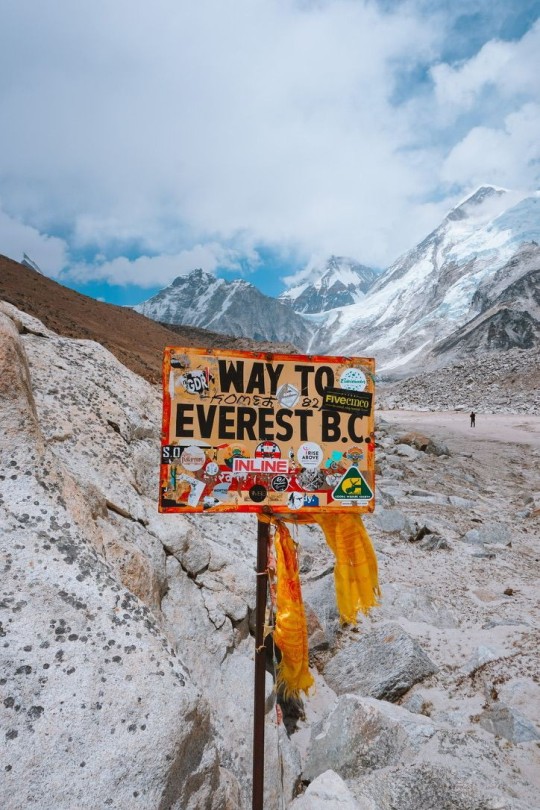

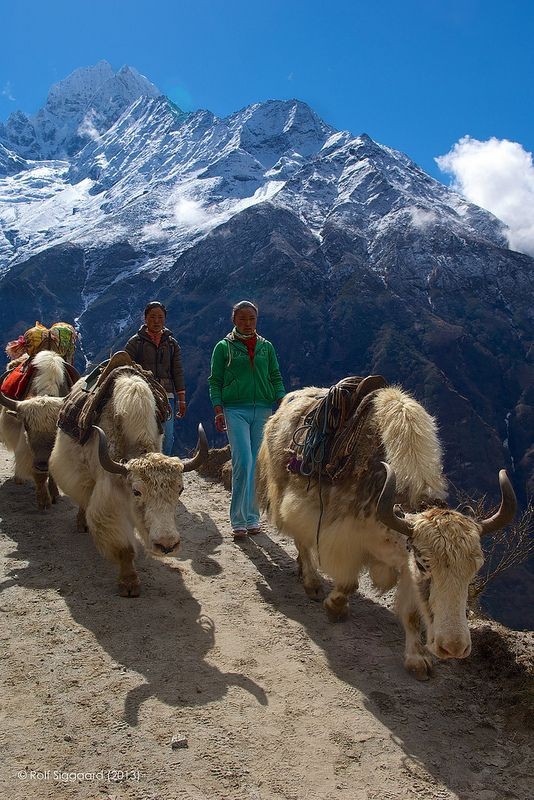
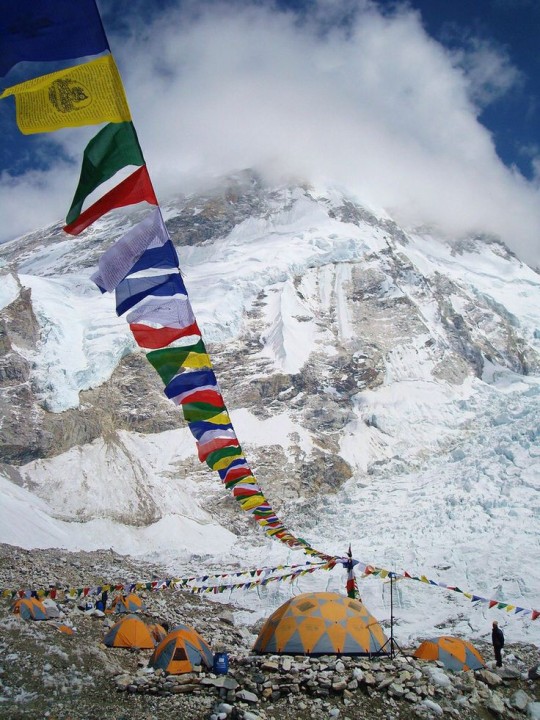

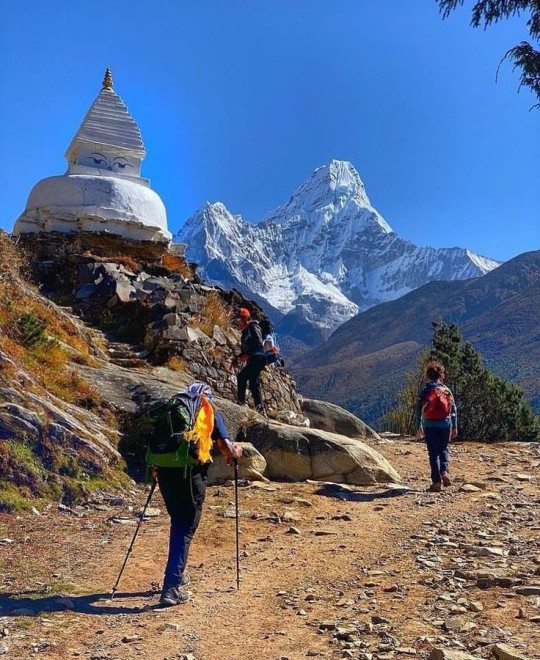
Mt everest, a dream destination.
Pic credit: Pinterest
#mood board#everest moodboard#beautiful moodboard#everest#mountains#trekking#peak of world#base camp#sagarmatha#mountains and it's beauty#snow#dark academia#artists on tumblr#cottagecore#trekking in nepal#nepal tour#nepal travel#pinterest pictures#painting and pictures#pictures from pinterest#paradise#paradise on earth#sky#clouds#mood board of mountains#everest mood board
9 notes
·
View notes
Text

#Nepal#Everest#Base#Camp#Trek#trekking#Tengboche#Guest#House#room#view#comfortable#comfort#Himalaya#Himalayan#Mountains#mountain#Mount#regional gothic
3 notes
·
View notes
Text

The sunrise view of Mt. Everest from Kalapatthar unveils a golden glow as the first rays kiss the towering peak, painting the Himalayas in a palette of fiery hues. Standing at 5,600 meters, it’s a moment of pure serenity and awe, where the world’s highest summit feels within reach.
Do you also wanted to witness this surreal beauty of Mt. Everest? Book our 14 Days Everest Base Camp Journey through the given link below. Solo and private group bookings are available for 2025 and 2026.
Contact us:
Email: [email protected]
WhatsApp: +977-9813637616
3 notes
·
View notes
Text
0 notes
Text

Nepal is home to some of the world’s most beautiful and challenging trekking routes, offering a mix of stunning landscapes, rich culture, and breathtaking mountain views. Here are the top 10 trekking routes in Nepal for 2025 adventure ✨️ ♥️
1️⃣. Everest Base Camp Trek: This iconic trek takes you to the base camp of Mount Everest, offering stunning views of the world's highest peak, as well as surrounding peaks like Lhotse and Nuptse.
2️⃣. Annapurna Circuit Trek: Known for its diverse landscapes, this trek offers panoramic views of the Annapurna and Dhaulagiri mountain ranges.
3️⃣. Langtang Valley Trek: This trek takes you through the scenic Langtang Valley, surrounded by stunning peaks like Langtang Lirung.
4️⃣. Ghorepani Poon Hill Trek: A shorter, easy trek, it offers breathtaking views of the Annapurna and Dhaulagiri ranges.
5️⃣. Mardi Himal Trek: A relatively short and less crowded trek, the Mardi Himal trek provides stunning views of Machapuchare, Annapurna South, and Mardi Himal.
6️⃣. Manaslu Circuit Trek: This remote and rugged trek takes you around Mount Manaslu, the eighth-highest peak in the world. It offers beautiful mountain views and a challenging pass (Larkya Pass).
7️⃣. Upper Mustang Trek: Trekking in the "forbidden kingdom" of Mustang, this route offers a unique blend of Tibetan culture, desert-like landscapes, and ancient monasteries.
8️⃣. Kanchenjunga Base Camp Trek: This challenging trek takes you to the base of Kanchenjunga, the third-highest mountain in the world.
9️⃣. Rara Lake Trek: Located in western Nepal, this trek takes you to Rara Lake, the largest lake in Nepal, surrounded by snow-capped mountains.
🔟. Tsum Valley Trek: Tucked away in a hidden valley, this trek offers an off-the-beaten-path experience. The valley is rich in Tibetan Buddhist culture with ancient monasteries, stupas, and stunning views of the Ganesh Himal and Sringi Himal ranges.
__________
Book your seat now:
WhatsApp : +977 9869836541
#top 10 trekking routes#trekking#trending destinations#annapurna#everest#everest base camp trek#annapurna circuit#annapurna circuit trek#langtang valley#langtang valley trek#mardi himal trek#manaslu circuit#manaslu circuit trek#kanchenjunga base camp trek#kanchenjunga base camp#eastern nepal#trekking in nepal#nepal
2 notes
·
View notes
Text

Hi, yes, I'm already following along. Sam looks SO happy. 😍

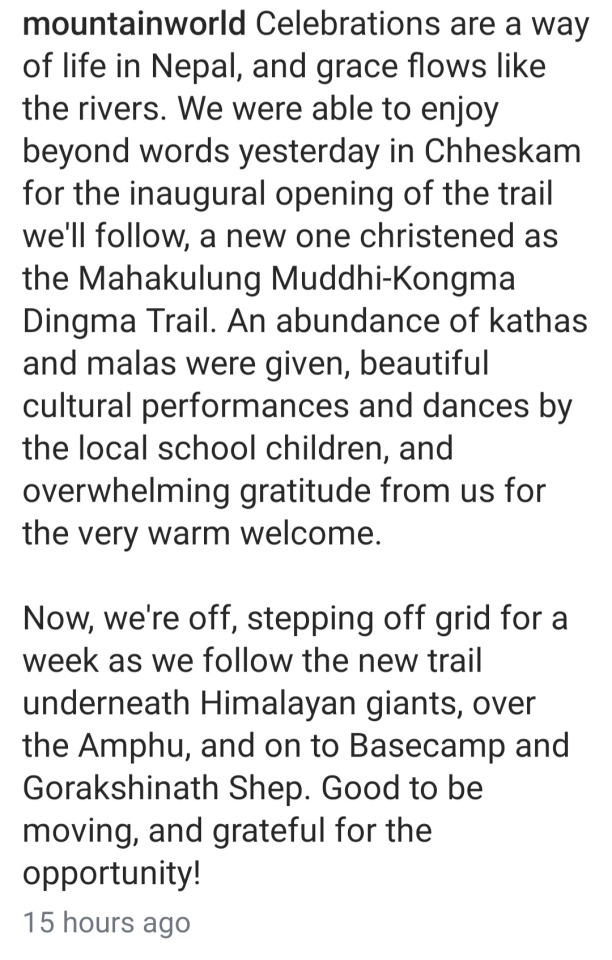

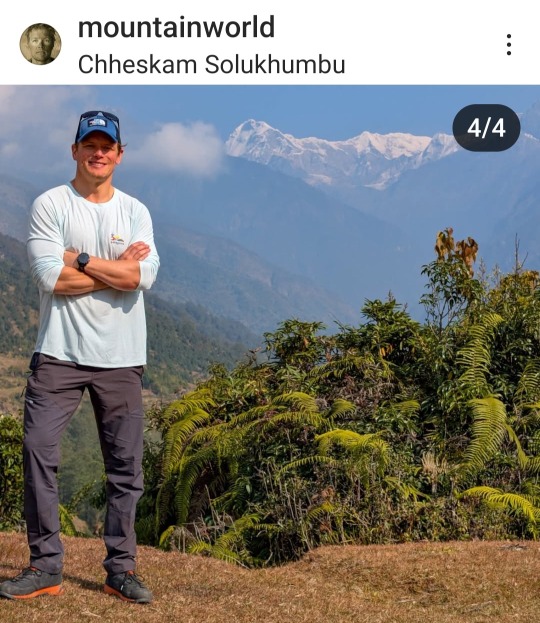
Can't wait to see and read more! Life changing experience for sure.
#moutainworld#sam heughan#jake norton#mount everest#everest#everest base camp#everest base camp trek
45 notes
·
View notes
Text
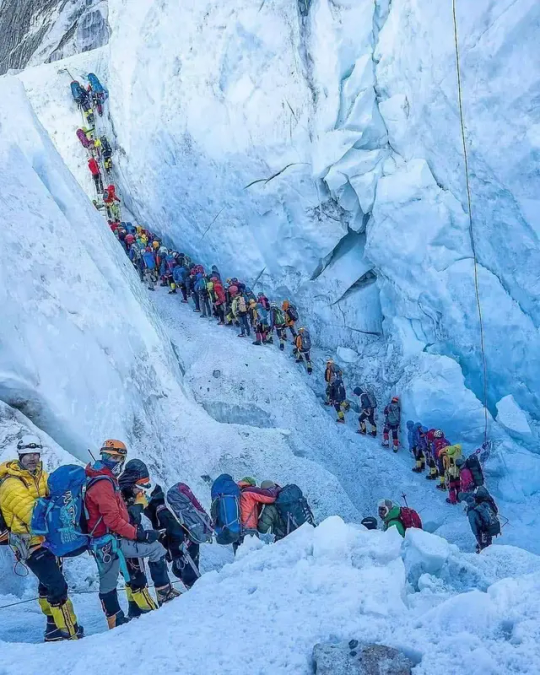
#sightseeing#tour package#traveling#trekking#places#trending#travel photography#himalayas#nepal#travel#trekking in nepal#everest base camp trek#everest base camp helicopter tour#mount everest#mt everest
3 notes
·
View notes
Text

The view of Everest from Gokyo Ri
#nepal#adventure#trekking#horizon5 adventure#khumbu#hiking#everest base camp trek#gokyo ri#everest#trekking in nepal#himalayas#mountains
14 notes
·
View notes
Text

Read the remaining facts, plus myths, quotes, faqs and an epic quiz at: Mount Everest Facts
#facts#fun facts#random facts#interesting facts#today i learned#everest#himalayas#everest base camp trek#trekking in nepal#nepal travel#hiking
7 notes
·
View notes